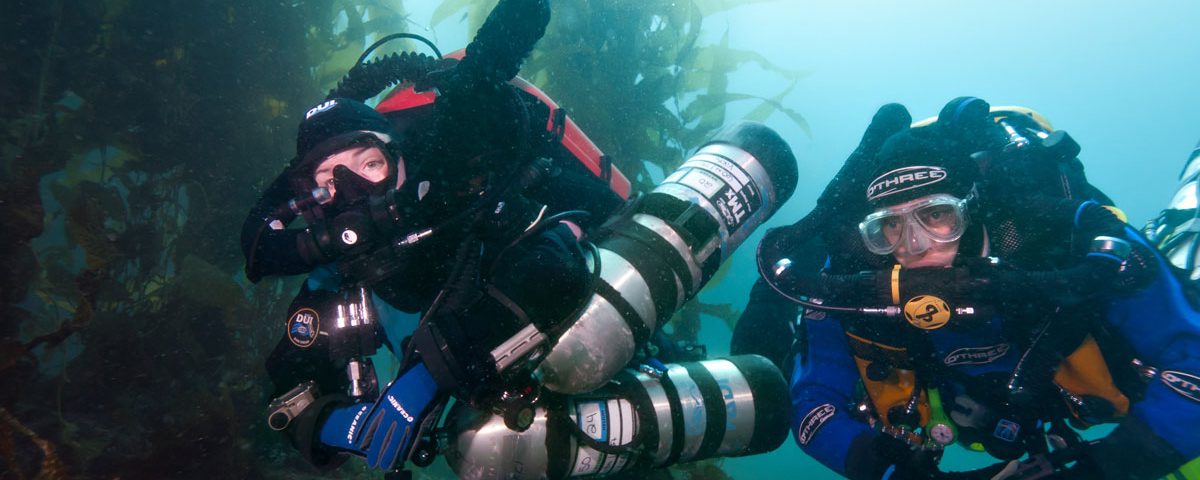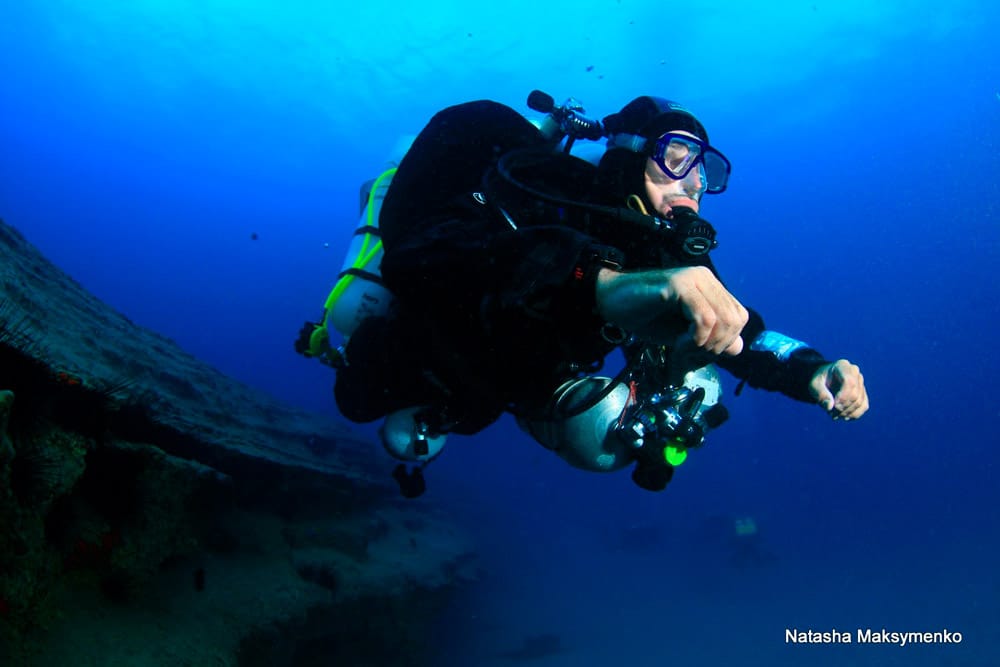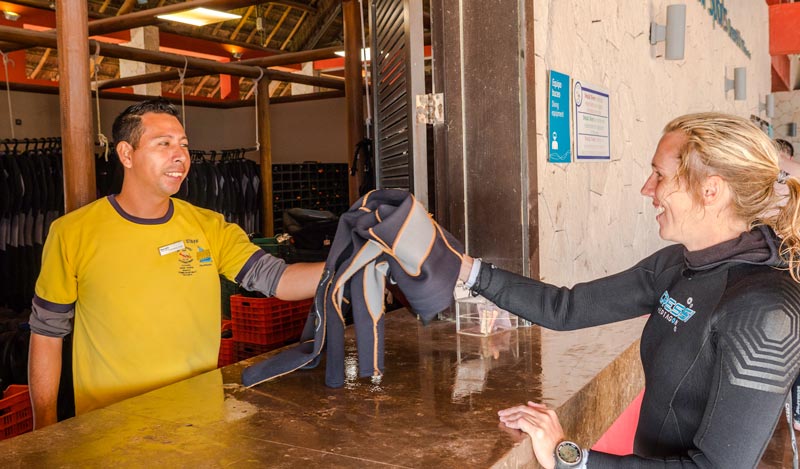If you are curious about Trimix diving, either you are a fan of technical diving, or you have heard the call of deep diving. If this is your case, or if you are just curious, you are in the right place. In today’s article, we will explain what Trimix is, how it helps technical divers go deeper, and what types of Trimix diving there are. Ready? Let’s get started!
What is Trimix?
As we commented in the article: “5 Reasons to become a PADI Enriched Air Diver”, there are different types of gas mixtures. Trimix is one of them. If the usual mixtures use oxygen and nitrogen, Trimix adds the third gas: helium.







